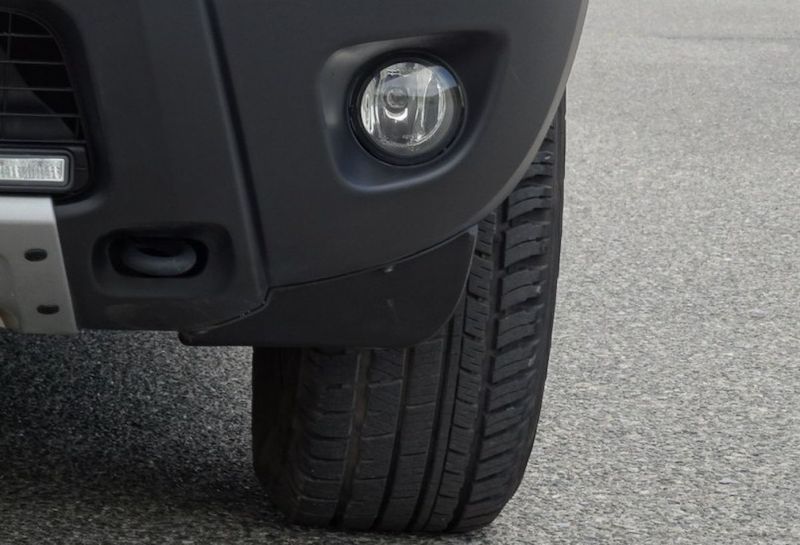
How long can the battery last without recharging
Content
Modern cars cannot run without electricity, even if the fuel is petrol or diesel. In pursuit of efficiency, ease of use and increased efficiency of the engine, the design of a car, even the simplest one, has acquired a large number of electrical appliances, without which its operation is impossible.

General characteristics of the car battery
If you do not go into subtleties and special cases, then usually there is a rechargeable battery in cars that powers all the electrical stuffing. This is not only about devices that are understandable to everyone - a radio tape recorder, headlights, an on-board computer, but also, for example, a fuel pump, an injector without the functioning of which movement is impossible.
The battery is charged on the go from the generator, the charging mode on modern cars is electronically regulated.
There are many characteristics of a battery, ranging from design features, size, principle of operation, to specific ones, for example, cold scrolling current, electromotive force, internal resistance.
To answer the question, it is worth dwelling on a few basic ones.
- Capacity. On average, batteries with a capacity of 55-75 Ah are installed on a modern passenger car.
- Lifetime. It depends on how close the battery capacity indicators are to those indicated on the label. Over time, battery capacity decreases.
- Self-discharge. Once charged, the battery does not remain so forever, the charge level drops due to chemical processes and for modern cars is approximately 0,01Ah
- The degree of charge. If the car has been started several times in a row and the generator has not run enough time, the battery may not be fully charged, this factor must be taken into account in subsequent calculations.
Battery life
Battery life will depend on its capacity and current consumption. In practice, there are two main situations.
Car in the parking lot
You went on vacation, but there is a risk that upon arrival the engine will not start because the battery is not enough. The main consumers of electricity in a turned off car are the on-board computer and the alarm system, while if the security complex uses satellite communications, the consumption increases. Do not discount the self-discharge of the battery, on new batteries it is insignificant, but it grows as the battery wears out.
You can refer to the following numbers:
- The consumption of on-board electronics in sleep mode varies from car model to car model, but is usually in the range from 20 to 50mA;
- The alarm consumes from 30 to 100mA;
- Self-discharge 10 - 20 mA.
Car in motion
How far you can go with an idle generator, only on a battery charge, depends not only on the car model and the characteristics of electricity consumers, but also on traffic conditions and time of day.
Sharp acceleration and deceleration, operation in extreme conditions increase power consumption. At night, there are additional costs for headlights and dashboard lighting.
Permanent current consumers in motion:
- Fuel pump - from 2 to 5A;
- Injector (if any) - from 2.5 to 5A;
- Ignition - from 1 to 2A;
- Dashboard and on-board computer - from 0.5 to 1A.
It should be borne in mind that there are still not permanent consumers, the use of which can be limited in an emergency, but it will not be possible to completely do without them, for example, fans from 3 to 6A, cruise control from 0,5 to 1A, headlights from 7 to 15A, a stove from 14 to 30, etc.
Thanks to what parameters, you can easily calculate the battery life without a generator
Before proceeding to the calculations, it is necessary to note a couple of important points:
- The battery capacity indicated on the label corresponds to the complete discharge of the battery; in practical conditions, the performance of the devices and the ability to start up is ensured only at about 30% charge and no less.
- When the battery is not fully charged, consumption indicators increase, this will need to be adjusted.
Now we can roughly calculate the idle time after which the car will start.
Let's say we have a 50Ah battery installed. The permissible minimum at which the battery can be considered working is 50 * 0.3 = 15Ah. So, we have a capacity of 35Ah at our disposal. The on-board computer and the alarm consume approximately 100mA, for simplicity of calculations we will assume that the self-discharge current is taken into account in this figure. Thus, the car can stand idle for 35/0,1=350 hours, or about 14 days, and if the battery is old, this time will decrease.
You can also estimate the distance that can be driven without a generator, but take into account other energy consumers in the calculations.
For a 50Ah battery, when traveling during daylight hours without the use of additional devices (air conditioning, heating, etc.). Let the permanent consumers from the list above (pump, injector, ignition, on-board computer) consume a current of 10A, in this case, the battery life = (50-50 * 0.3) / 10 = 3.5 hours. If you move at a speed of 60 km / h, you can drive 210 km, but you need to take into account that you have to slow down and accelerate, use turn signals, horn, possibly wipers, so for reliability in practice, you can count on half the figure.
Important note: starting the engine is associated with a significant consumption of electricity, therefore, if you have to move around with an idle generator, in order to save battery power at stops, it is better not to turn off the engine.

